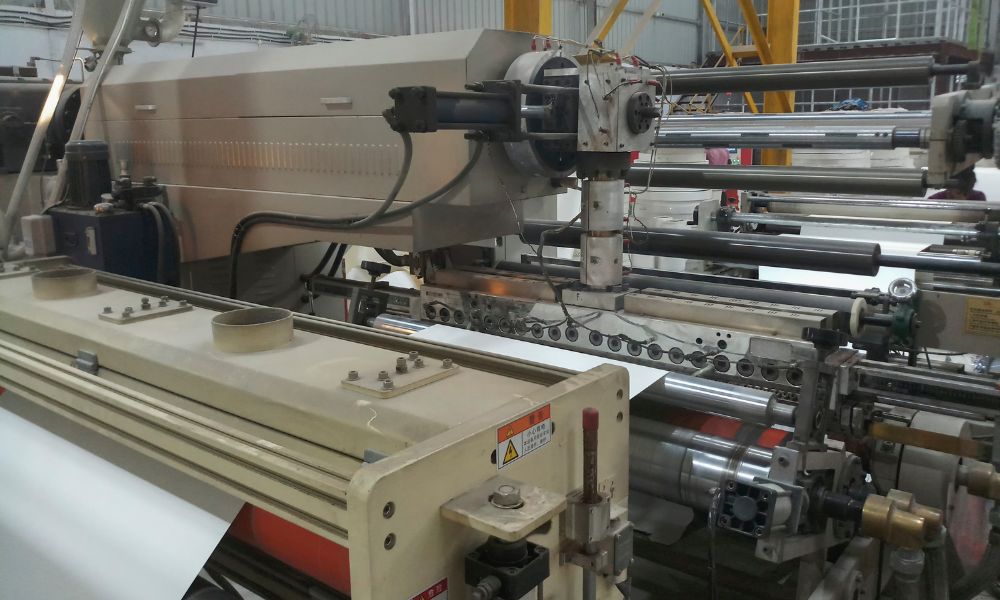You measure everything during manufacturing—from cutting metal to exact lengths and sanding items down to reach a certain viscosity; you measure a lot to obtain the desired look. Many industries benefit from industrial coating, but its thickness needs to be measured properly. You can learn more about coating thickness in our quick guide.
Why Coating Thickness Is Important
Knowing how thick your coating is benefits how much you save during each coating session. Having the right tools can save even more, as each helps apply the correct amount and measure how much is on a surface.
As prices continue to increase, you need the assurance of knowing how much paint’s applied to a metal piece or other product. In the automotive industry, you need to apply a coat of silver to a hood. You need to apply enough but not too much. Applying too much or too little is wasteful and accumulates over time.
Knowing how much coating a company uses at once is essential. Industrial coating systems generate better results by measuring and ensuring enough coating to reach the desired thickness level.
Methods of Measuring Coatings
Which method you use to measure coatings will make an impact. Currently, there are two measuring practices to use: microscopic and destructive. Both methods could work, but it depends on your goals.
Microscopic
Microscopic measuring requires additional attention to detail. In this method, you’re using reflective light to determine how much coating is good to use based on a sample. A sample piece of metal is cut from a project and tested using an epoxy resin.
The point of the microscopic method is to test how much paint the test piece holds. However, this one is slightly flawed since the polishing could smear the layers, leading to immeasurable results.
Destructive
The destructive method is at its sounds—the process breaks and destroys the material. Once it’s broken down, you can check for things like flakiness and scratch resistance.
How To Add Thick Coats Properly
Apply your coat right with a measurement plan.
Plan Your Measurements and Angle
First, map out the spaces you plan to cover with a finisher. Next, measure how far you need to aim your paint gun.
Knowing the distance from the painter to the surface helps determine the consistency of the paint coats. Now, angle yourself right. The right spot creates the best spray distribution.
Determine Your Overlap
Overlapping is good! However, avoid doing less than 50 percent, as the final results cause striping. Most importantly, you want the overlap to be between 50 and 75 percent. The overlapping helps very much as it reaches the desired thickness faster.
It’s essential to have a quick guide to industrial coating thickness to help you learn why it’s essential to have a measuring process for your industrial company. We want to continue this discussion at ArmorLube. We aim to ensure that every company has systems that accurately measure your coating depth.
